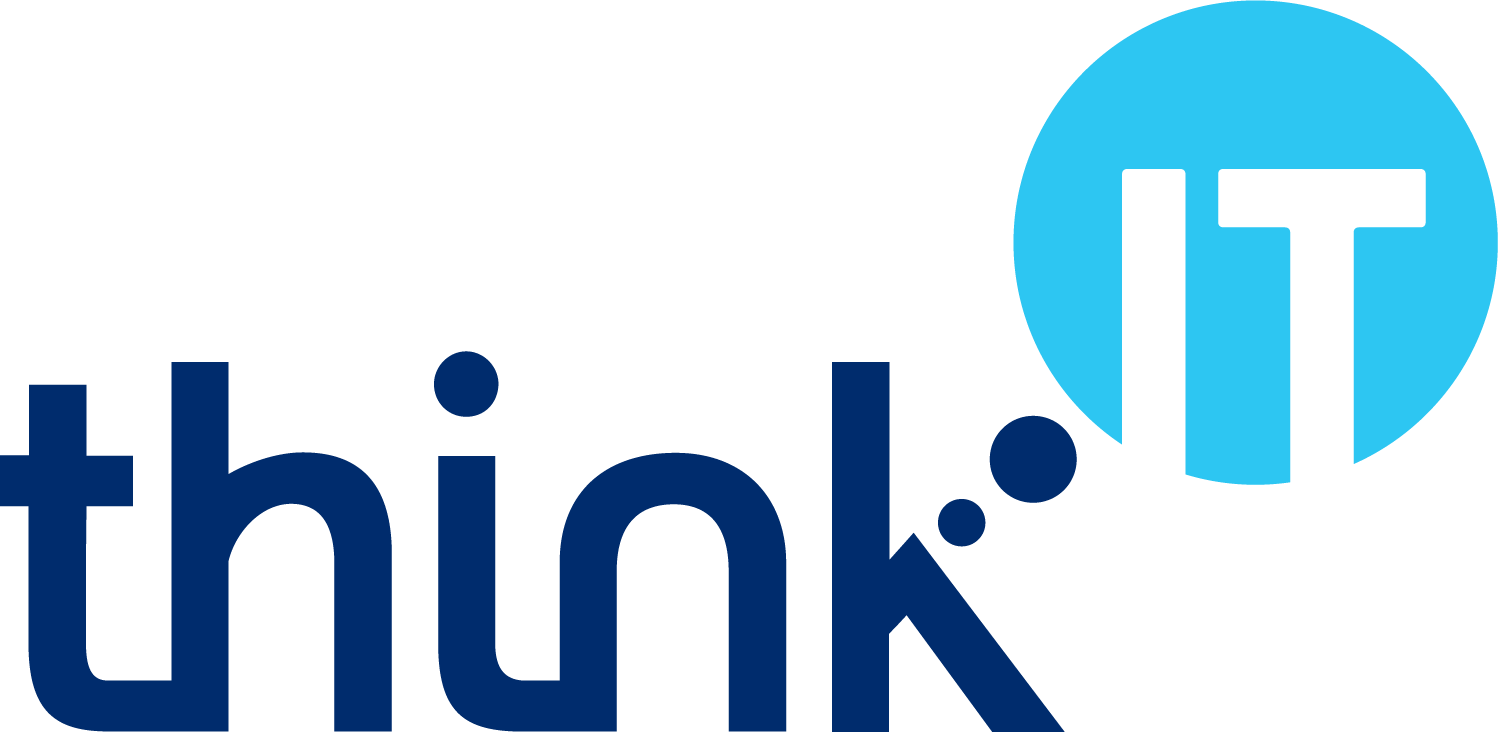A Service Level Agreement (or SLA) is one part of a contractual arrangement between a provider and a customer that describes a set of activities that will be undertaken and services that will be provided (and often several more than can be undertaken or provided, but won’t necessarily be unless they are needed) each month (or over some other period).
It will usually also set out targets for the provider in terms of response times and resolution times for issues, and performance measures and/or availability measures for some of the technologies they supply.
What this means to you
Each approach to technical support has advantages and disadvantages.
With a support SLA:
- The costs are fixed for the activities set out in the SLA, which makes it easier to budget and control the level of cost.
- Like a break/fix approach, the costs can potentially be further reduced by using someone tech-savvy that’s already in the business to pick up minor IT issues, as long as it doesn’t interfere too much with the other things they need to be doing and also that it is reflected in the SLA.
However:
- It usually costs more than a break/fix approach, as the provider needs to make some assumptions about how much resource will be needed to cover the commitments in the SLA.
- There will still be charges for activities and actions that aren’t covered by the SLA. For example, where user accounts are concerned, an SLA might include dealing with problems logging in, but not creating new accounts.
This last point (i.e. a problem with the account vs creating a new account) is an example of the difference between technical support and change management: technical support usually focusses on resolving problems with things that already exist, while change management is about adapting (increasing or decreasing, upgrading or removing etc.) the IT provision.
SLAs can include change management, or not. If they do, the overall charges would probably be higher.
It can be a reactive, proactive or hybrid model, depending on the activities the SLA includes. For example, an SLA that just provides IT support, albeit in a manner that sets out the requirements for response and resolution, is still managing incidents that have occured. An SLA that also includes checking network activity, system utilisation, the health and capacity of storage services, and software updates, on the other hand, is bringing in proactive elements that can prevent incidents from occuring.
Why we are good
Using the analogy of a boiler repair plan, with a support SLA various things are covered and therefore won’t generate additional costs, while other things won’t be covered and there will be additional charges for these, should they be required.
We take a flexible approach to producing a support SLA, so that it works for you as well as for us. We don’t try to force you to accept a single model (i.e. the same model for all clients) because your needs might be different. We’ll talk through options and look at the areas in which you are likely to need support, and design an SLA that will cover the right things.
What we can do
We provide technical support to many clients using the ad-hoc or break/fix, support SLA and managed service approaches, and we take a flexible and personal approach with all of them: making sure your IT needs are met is our priority.
We can support servers, PCs and laptops, and tablets and phones; we can look after Windows, macOS, Android and iOS; we can maintain wired and wireless networks, internet connections, routers and firewalls; we can manage email systems, telephone systems and domains; we can run security services like antivirus and email security, and we can make sure your important data is backed up.






